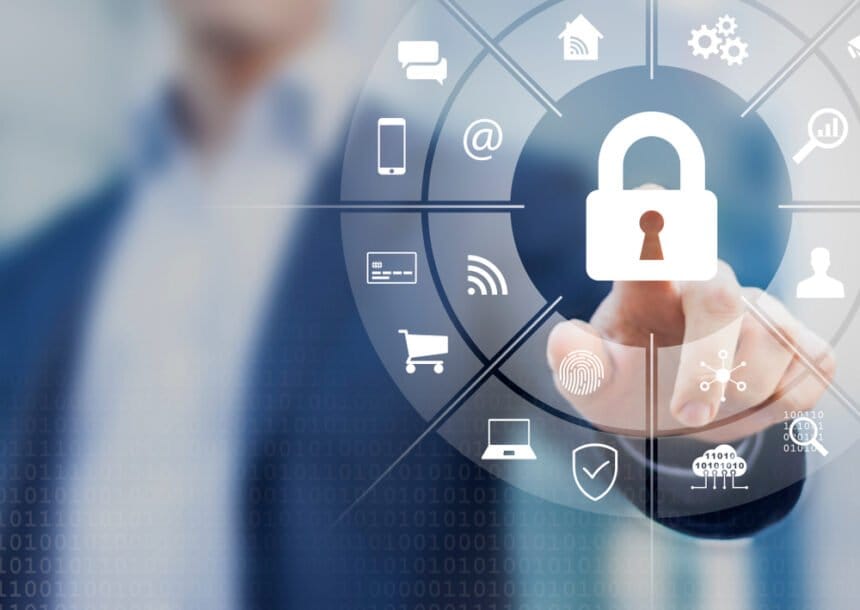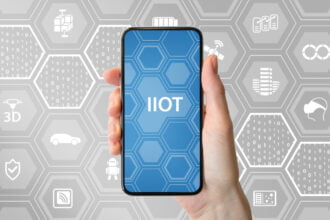If you’re a manufacturer of IoT devices, you see compliance as something that keeps pushing product release deadlines further in the future.
If you’re a cybersecurity professional, who knows that there are too many IoT devices within an infrastructure of a business to count, IoT security is something that keeps you up at night.
If you’re a consumer, you might not even know that your new smart TV or refrigerator can put your data at risk. You assume that the technology that you buy is safe against possible cyberattacks — as it should be.
Then, there are lawmakers, trying to increase the security threshold for both manufacturers and businesses who actively use IoT devices — enforce more strict criteria to prevent cyber attacks and data compromises.
As a result, there are many misconceptions about IoT security and its regulations.
What are some of the common misconceptions surrounding IoT cybersecurity compliance?
#1 IoT Compliance Is Focused Only on Data Privacy
Data protection is at the forefront of IoT cybersecurity compliance. However, achieving IoT cybersecurity compliance can be complex, and more than keeping confidential and sensitive data from getting into the hands of threat actors.
Basic compliance policies also cover the essential cybersecurity hygiene that protects businesses from versatile attacks — not only those that can compromise sensitive databases.
Compliance laws differ from one state to another, but most cover these general areas:
- Thorough data protection
- Strict access control
- Continual authentication of the device
- Managing vulnerabilities in real-time
This myth persists because many of the IoT protection and compliance laws have been oriented towards industries such as health care and finance. These sectors do gather large volumes of sensitive and private user information.
But every office and home has a lot of IoT devices that can put their privacy at risk or open them up to possible hacking. This makes IoT security everyone’s problem.
For example, cybercriminals can use smart routers with default passwords to gain access to the network. From there, they can gain control of the infrastructure.
#2 IoT Security Is Generally Not Regulated
Lawmakers have been passing laws that regulate and define IoT protection since 2019. IoT security has also been thoroughly discussed within the context of other laws that regulate cybersecurity.
In the U.S., The Internet of Things Cybersecurity Improvement Act of 2020 regulates the basic security principles that companies need to meet to keep their IoT devices secure from cyber exploits.
Laws are different for versatile markets and states. Security levels that are expected from the same technology can vary significantly, depending on the country that is discussed.
However, there are some basic principles that all IoT devices need to pass to get a green light and go to the market. In Europe, this is defined in the latest edition of the Cyber Resilience Act.
The myth of non-existent regulations of IoT security is here because IoT devices could benefit from more strictly defined IoT security laws — that are also obligatory and not voluntary programs for the manufacturers.
On one hand, companies want to guard their IoT devices. On the other, there is resistance to efforts to pass stricter laws. They’re not ready to invest in the technology that would help them achieve that.
But one thing is certain — the number of cyberattacks on IoT devices is already on the rise. In the future, we can expect more IoT-specific laws. They’ll feature more definite requirements that manufacturers need to meet before releasing IoT products to the market.
At the moment, businesses that rely on IoT devices or release them on the market are the ones responsible for securing them against possible cyber exploits and data compromises.
#3 Adhering to Compliance Makes IoT Devices Hacker-Proof
As with other systems, meeting compliance doesn’t equate to robust and in-depth security. Similar to other devices that also connect to your network, IoT technology is susceptible to a wide range of cyber-attacks.
A couple of cyber threats that are common for IoT devices are malware attacks, ransomware, data breaches, Distributed Denial of Service (DDoS), brute force attacks, and others.
Companies that have thousands of IoT devices within their infrastructure need to keep an eye not only on them but also on all the technological environments that are used to store the data within the company.
They need continual visibility of the entire attack surface (complete software environment that might be interesting to threat actors) as well as holistic cybersecurity.
The myth that meeting basic compliance equals protected data and having a network that is safe from cyberattacks is here because many don’t understand that cybersecurity is an ongoing process that needs to be managed and improved at all times.
#4 Meeting IoT Cybersecurity Compliance Is Difficult
Meeting IoT cybersecurity compliance requires the company to familiarize itself with all the latest laws, implement the best security practices at all times, and invest in new tools that facilitate IoT security.
The myth about the complexity of meeting IoT compliance perseveres because companies tend to overcomplicate it.
Similar to many other cybersecurity processes, such as the detection of threats and responding to them right away, compliance can be automated.
Today, there are security solutions that can help you streamline IoT cybersecurity compliance and that make it easier to secure the growing number of IoT technologies within your infrastructure.
Also, these businesses can always contact services such as the Federal Communications Commission (FCC) to help them improve IoT security and meet compliance.
Can You Achieve In-depth IoT Security With Compliance?
Meeting compliance is only a fraction of what is necessary to both make an IoT product accessible to the market and safeguard the data within the organization that uses a lot of IoT products.
It’s a necessary starting point.
However, keeping the network safe against cyber-attacks means that all technology has to be mapped and continually updated in light of new possible vulnerabilities. This includes the Internet of Things.











